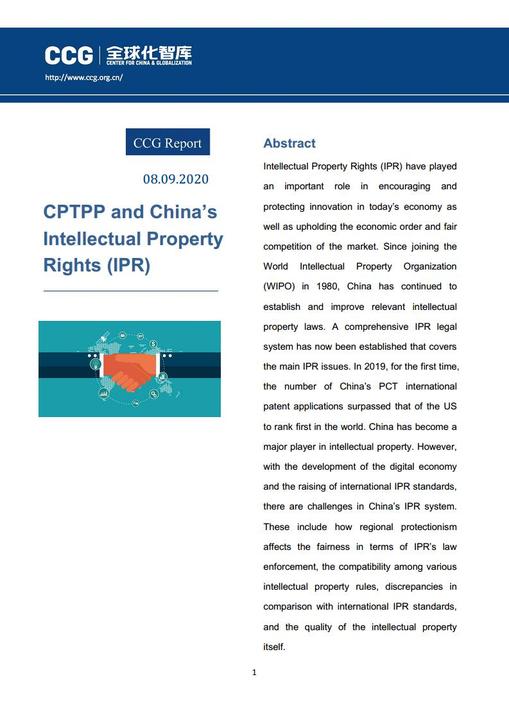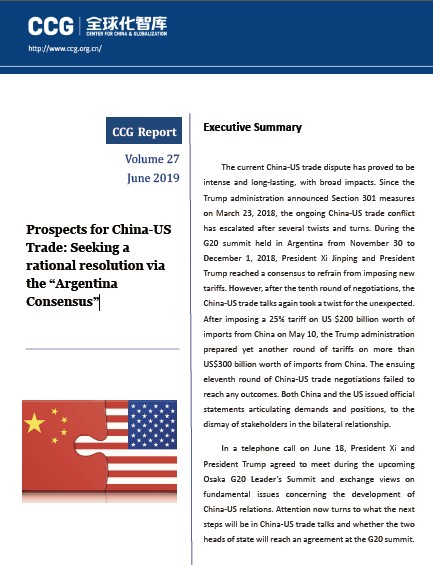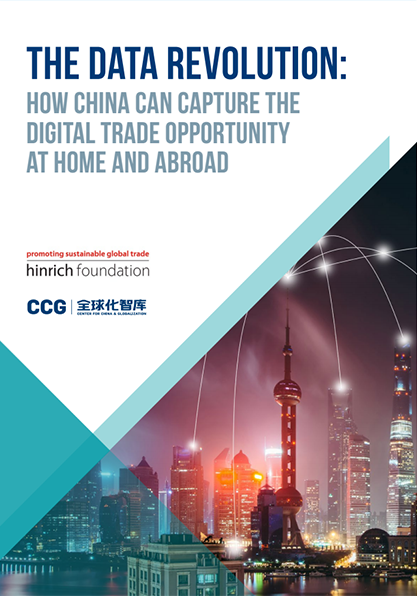Global Talents Flow: Trends and Prospects

As highlighted in the work report presented at the 20th National Congress of the Communist Party of China, China be more proactive in opening up to achieve a larger?scale, wider-ranging, and deeper form of opening to the outside world; efforts should be made to create products and gather outstanding and innovative talent from all over the world, improve the strategic distribution of talent, and focus on creating a comparative advantage in the international competition for talent. The importance China attaches to openness and international competitiveness of talent has reached an unprecedented level, and the global flow of talent is closely related to this.
The world is undergoing profound changes unseen in a century. The interactions between great powers and the international order are in flux with uncertainties in the world’s economic, scientific, technological, social, cultural, political, and security landscape. Although affected by multiple situations, such as the COVID-19 pandemic and the Ukraine crisis, the global flow of talent continues. According to the data and predictions released by the United Nations Educational, Scientific and Cultural Organization (UNESCO), The number of internationally mobile students in higher education has grown dramatically from 0.3 million in 1963 to 2 million in 2000 and up to 6 million in 2019. And nearly a quarter (23.5%) of all scientific publications have international co-authors, up from 18.6% in 2011. Talent mobility and collaboration have become the most resilient aspects of globalization and are significant promoters of the globalization process.
Talent flow is driven by various factors, including economic development, personal development, national policies, and the growth of multinational corporations. The constant pursuit of a better life, the introduction of measures to attract international talent by major economies in response to aging populations and declining birth rates, and global expansion, as well as consolidation of human capital in multinational companies, have all contributed to the flow of talent across regions. Big data and artificial intelligence have become the front runners in the age of Industry 4.0. Increasing demand for high-tech talent in the global labor market has also intensified talent flow in related fields.
This report is committed to promoting openness and the free flow of human resources while striving to build a straightforward, objective evaluation system to analyze the competitiveness of each country in terms of talent, providing an overview of the current status of global talent flows and predicting future trends. It also hopes to guide those involved in policymaking on talent development and migration. More broadly, we hope to leverage this report to foster a global dialogue on international talent exchange and serve as a global public good to serve international talent governance. Enabling global talent flows can effectively create a fairer, more cooperative, and inclusive international environment where we can reach a consensus on talent development and exchange and promote a shared future with win-win results.







